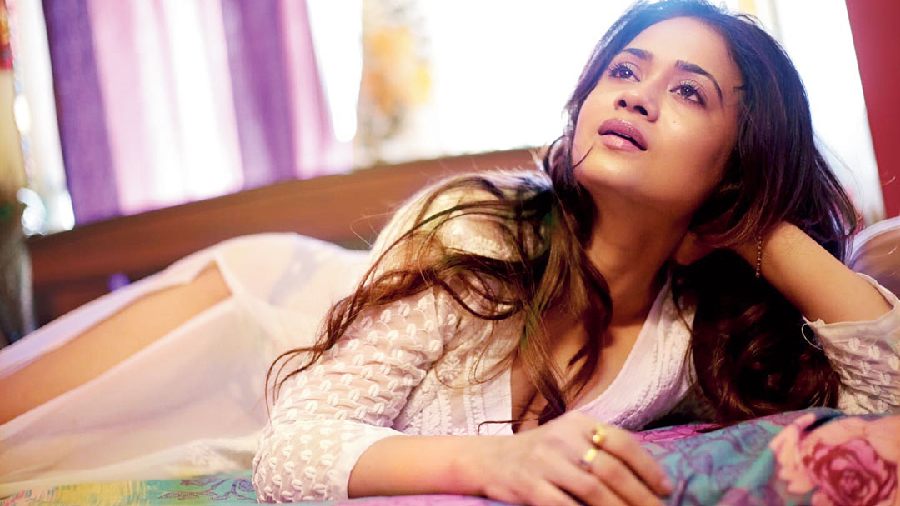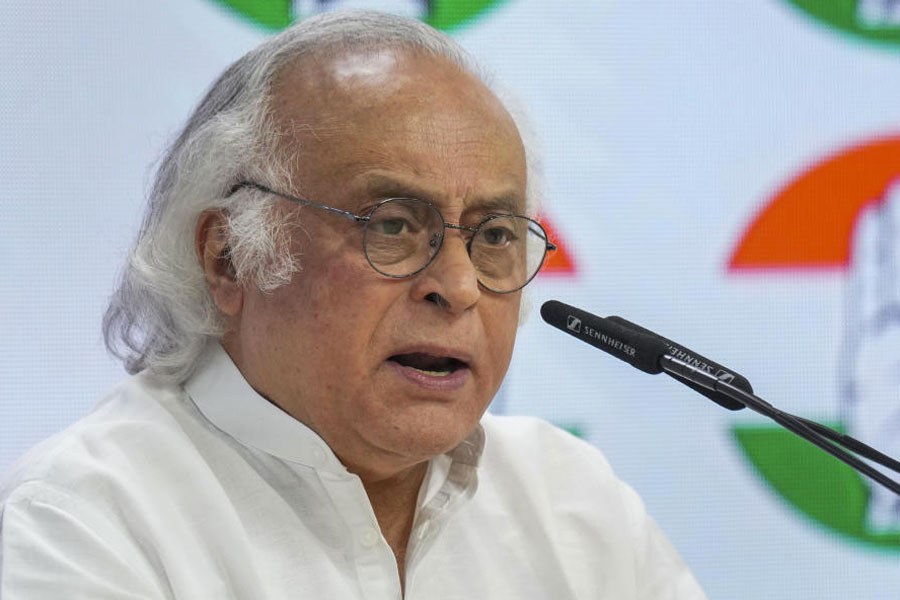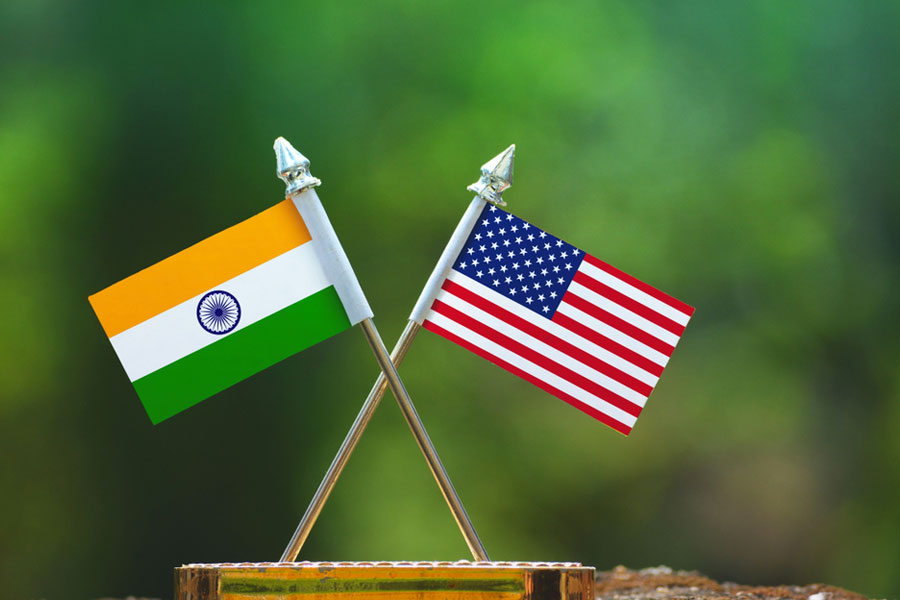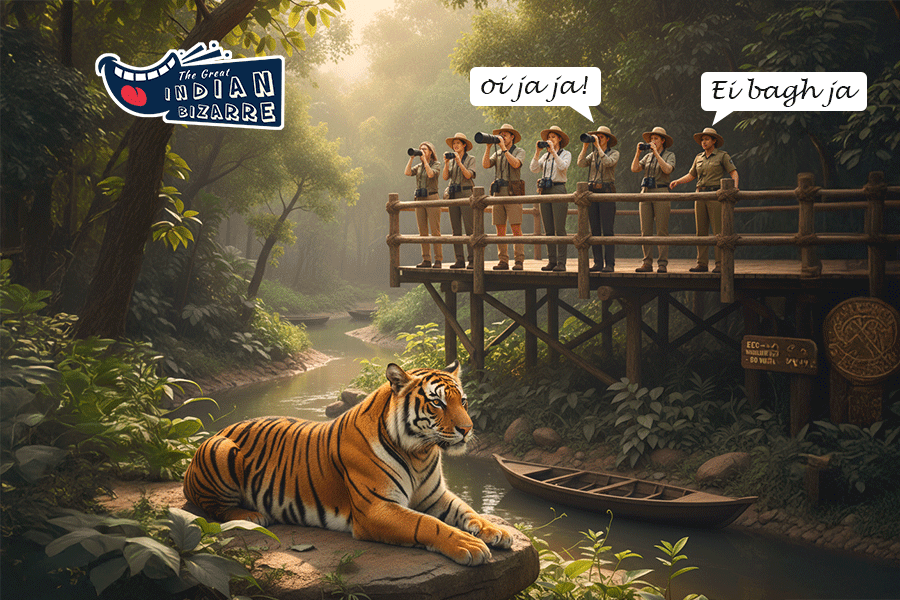A ctor-director Suchandra Vaaniya was in Goa attending the NFDC Film Bazaar when she received confirmation that her directorial debut, the short film The Arrival of Shurponakha, has been selected for this year’s Kolkata International Film Festival. “The film was recently selected at the Montreal Independent Film Festival for the Best Female Debut Director as well and has been doing rounds at the international festival circuit for the better part of this year now. Being selected for KIFF, therefore, almost felt like a homecoming,” smiles Suchandra. A The Telegraph chat.
What does this honour mean for you?
Well, the selection definitely bolstered my confidence as a director and would be a significant milestone as I keep telling the stories that I believe in. Since I am an actor turned director, the selection of my directorial debut at such a prestigious festival feels like a significant validation. I sincerely hope that I win and get to bring the Golden Tiger home this year.
Why did you decide to make this film, The Arrival of Shurponakha?
This film is actually the first of a three-part anthology on the women of Ramayan. While the Ramayan is classically depicted as a ‘hero’s’ story, we often tend to forget the illustrious female characters who helped shape the epic. This is my humble effort of bringing those stories to life.

Suchandra Vaaniya on the sets of the film
What is it about?
After the war between Ram and Ravaan ended, Sita was abandoned by Ram because her ‘purity’ was in question. While the brothers marched back to Ayodhya, Sita wandered the vastness, alone. Shurponakha, the demon princess and Ravaan’s sister was fleeing Lanka at the same time. This is a tale of what happened when they crossed paths.
Why did you decide to direct it?
I have had a long career in acting and then delved into production as well to tell the stories that I truly believe in.
However, it becomes extremely difficult to control and execute your vision of a story creatively when someone else is put in charge of steering your film ahead. And with this story, I simply did not want to risk it with anybody else and thus decided to step up and direct it myself. My writer and associate director, Chandroday Pal, also encouraged me a lot to take the plunge.
Where did you shoot it?
We shot the film in Purulia and Bankura over a period of five days last year. The prep and post production took another 30 odd days in total.
What were the challenges of shooting it?
The biggest challenge of shooting the film was that my cast and junior crew had never ever been part of any shooting whatsoever. Apart from the main directorial unit comprising my associate and writer, the cinematographer, the assistant directors and a handful more people, everyone else was from local villages where we were shooting. An entire team of Chau dancers were roped in for the shoot and choreographing their actions with the camera movements was another tedious task. We used to train all morning and shoot all evening, resulting in crazy long schedules, bad muscle cramps and severe fatigue. But honestly, now that I look back, it all truly seems worth it.
Creating the music of Shurponakhar Agomon was another huge challenge. We recorded the songs in a small studio in Purulia itself and they were sung by the local villagers. From sourcing local instruments to getting the final mix right, it was indeed an experience of a lifetime!
Tell us about the cast?
The two protagonists, Shurponakha and Sita were played by two Santhali actors, Parvati Murmu and Rajlaxmi Kisku respectively. I found them with the help of a local talent manager and trained them for over 15 days personally before we went in to shoot. They had never acted before and therefore had to be trained extensively to get rid of their fear of being in front of the camera. I spoke to them recently and they were on the brink of tears when they learned about the film’s selection at KIFF.
I am trying to bring them to Calcutta to watch the film with us on the big screen.
What are you trying to say through the film?
Intercut between a present-day “Chau Dance” retelling of the epic in a rural village in Bengal and the conversations between Sita and Shurponakha amidst nature, my attempt was to take a closer look at changing the perspectives, the laws of attraction and the celebration of womanhood from the eyes of two of Ramayan’s often most misunderstood women, Shurponakha and Sita. While Shurponakha keeps insisting on revenge and is thirsty for blood, Sita gives her an understanding of choosing nature over men and justice over revenge. Shurponakha’s pain of being remembered as the “woman whose nose has been cut” is answered by Sita’s calmness that over everything else, nature prevails.
What were the lessons learnt from directing this?
The biggest lesson that I learnt was to keep calm and trust the process.
Since we were shooting in a remote location, several hardships came our way that had to be tackled effectively. From a camera malfunction in the middle of the night to a freak accident during one of the crucial scenes, staying composed and going headon with the flow was my ultimate takeaway from directing this.











